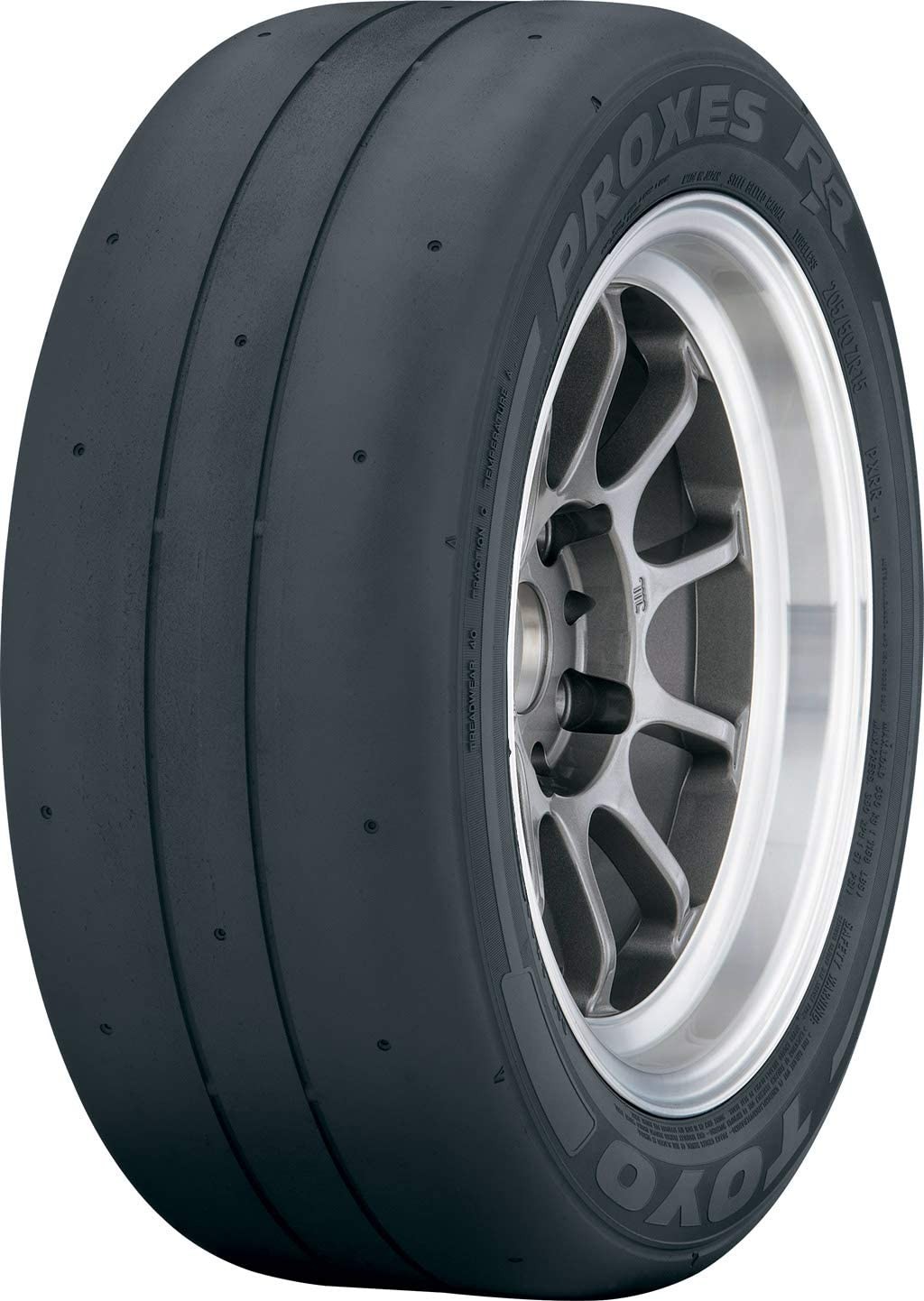The new tires feature a symmetrical design with two 4/32 '' deep longitudinal grooves and additional grooves for checking wear. Toyo also notes that the tires are completely ready for use in racing, do not need to shave technical hairs, and provide uncompromising longitudinal and lateral grip.
The Toyo Proxes RR racing compound is designed for maximum dry handling, so the tires can be used by riders from organizations such as the National Auto Sport Association (NASA) or the Sports Car Club of America (SCCA). The tires are also suitable for track days or Time Attack races.
As a technical feature of the Toyo Proxes RR, there is a viscose layer in the carcass, which makes the behavior of the tires more predictable and the lap times more stable; as well as reinforced sidewalls for improved steering response. In addition, Toyo has left some space in the side zones to make it easier for riders to mark their own tires.
The sidewall of the Toyo Proxes RR
Speaking of the new tires, Toyo America's Motorsport Manager Stan Chen commented that “these are the ideal tires for riders who are serious about winning,” and that “they are a great addition to Toyo's already popular racing tire range, which includes new Proxes S1 and legendary Proxes RA1 ”.
Toyo Proxes RR tires are designed for use on dry tracks and are ideal for track racing and sport driving schools. Symmetrical dual groove tread pattern and specially formulated rubber compound provide maximum dry grip and improved cornering stability.
“We always strive to fully meet the needs of amateur riders, and the expansion of the Proxes RR range is exactly what we need to do,” said Marc Sanzenbacher, Motorsport Manager for Toyo America. "With the launch of 20" tires, riders using the latest generation of cars can now choose a dual groove tire. "
Features and Benefits
- Unique wear indicator
Visualization of the tread wear process
- High rigidity tread rib and tapered grooves
Provides traction and stability when cornering
- Wide grooves
Removing water from the contact patch
- Elongated oblique grooves
Removing water from the contact patch
- Open transverse grooves
Removing water from the contact patch

